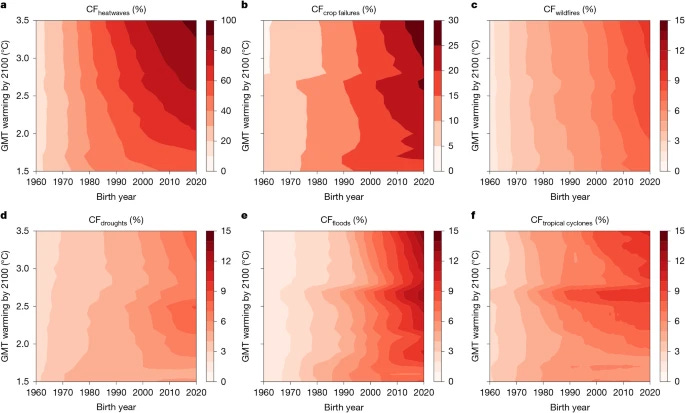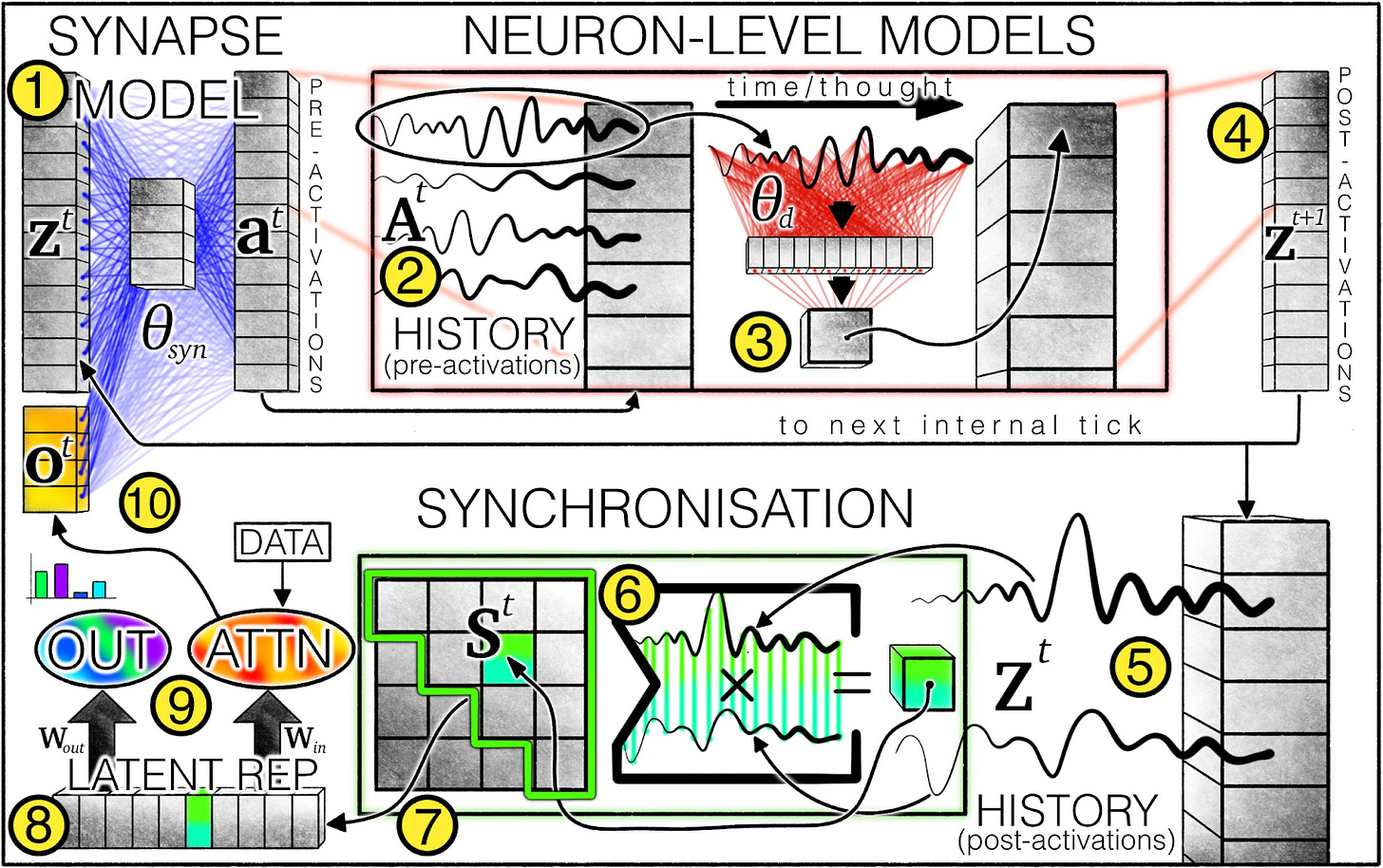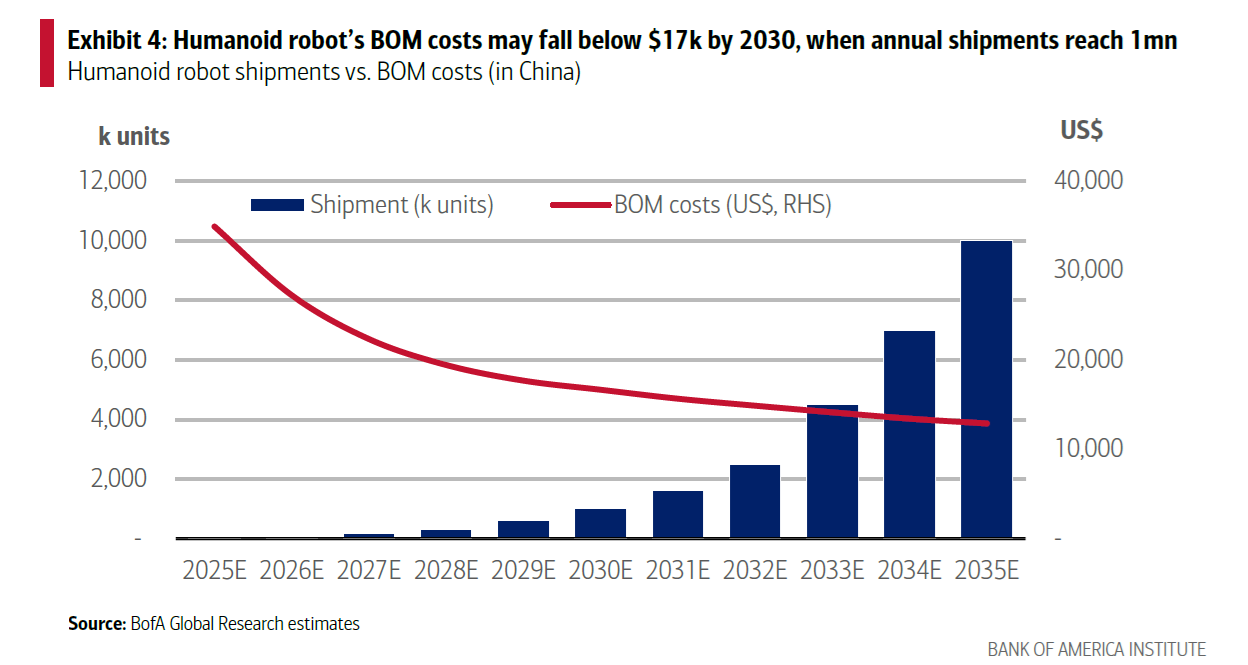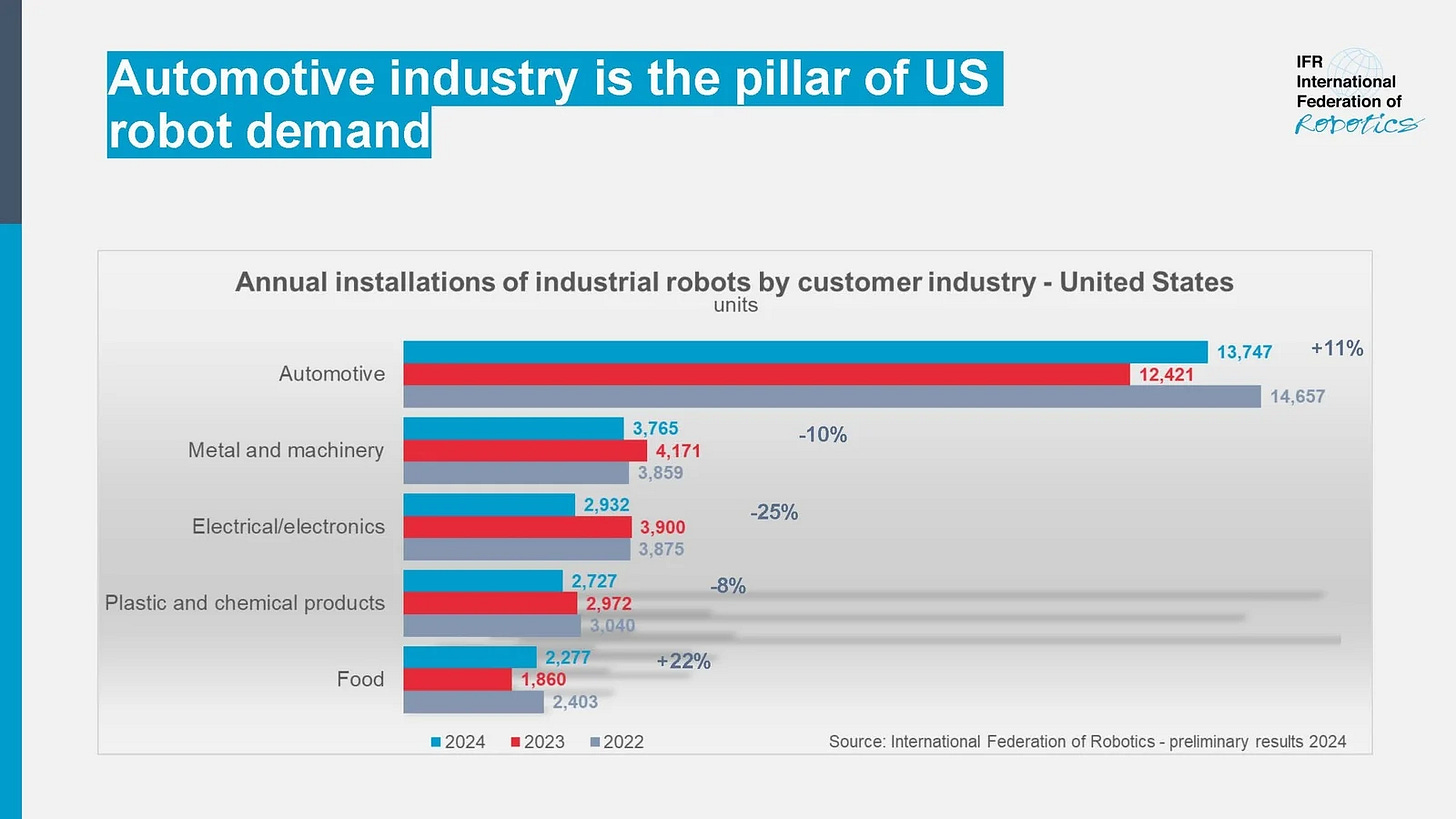Welcome to Binary Circuits’ 21st weekly edition
Your weekly guide to most important developments in technological world
Dear Readers,
Binary Circuit investigates trends, technology, and how organizations might profit from rapid innovation. GreenLight, the brain behind Binary Circuit, finds possibilities, analyzes challenges, and develops plans to fit and grow firms to stay ahead. Looking to scale your business, partners, or AI/technology integration.
This week, we discuss how robots are set to transform automotive manufacturing; humanity faces increasing climate challenges with rising heat wave risks, and AI continues striving to replicate human reasoning.
Let’s dive in.
Robots are set to make a profound impact on the automotive industry, arguably more than any other sector in the near term
The automotive and logistics sectors have long embraced automation and robotics, including mobile and collaborative robots. IDTechEx's latest report, “Humanoid Robots 2025-2035: Technologies, Markets and Opportunities,” projects that approximately 1.6 million humanoid robots will be deployed in the automotive sector by 2035.
According to recent market projections, the global automotive robotics market is projected to expand from $10.90 billion in 2024 to $24.33 billion by 2034, marking a compound annual growth rate (CAGR) of 8.36%.
2025 marks a pivotal year. Humanoid robots will embody AI in the real world. Leaders like Tesla, BMW, Mercedes-Benz, Hyundai, and Xiaomi invest in humanoid robotics through startups or in-house development..
Robot deployment in the U.S. automotive sector is surging, hitting double digits
According to the International Federation of Robotics (IFR), automakers in the U.S. have invested in automation, with industrial robot installations in the automotive industry increasing by 10.7% to 13,700 units in 2024.
The U.S. has one of the most automated car industries globally, with approximately 40% of new industrial robot installations in 2024. However, most industrial robots are imported, as few manufacturers produce them in the U.S. Globally, 70% of installations come from four countries: Japan, China, Germany, and South Korea.
China is widening the lead
Japan is the largest producer, but Chinese manufacturers have tripled production from 2019 to 2023, now ranking second. China’s national robotics strategy has driven this success, with about 280,000 units installed annually from 2021 to 2023, compared to 34,300 in the U.S. in 2024.
Since 2016, the automotive industry has been China’s second-largest customer, with 64,882 installations, achieving an 11% compound annual growth rate (CAGR) from 2018 to 2023, and accounting for 48% of global automotive installations.
Robotics and automation are penetrating all levels of production in China, as reflected by a robot density of 470 robots per 10,000 employees in manufacturing, the third highest globally, surpassing Germany and Japan in 2023. The U.S. ranks tenth with 295 robots per 10,000 employees.
A survey from ABB Robotics revealed that 97% of automotive manufacturers believe automation will transform the industry in five years, encouraging rapid adoption in other sectors.
Will humanity adapt to climate change as heat wave risk for children born this decade is three times greater than for previous generations?
A new study published in Nature reveals that even if global warming limits to 1.5°C, the youngest generation will face severe lifetime exposure to heatwaves, floods, droughts and crop failures.
Each degree of warming significantly increases the risk. Globally, 62 million children will face extreme heat at 1.5°C, rising to 111 million at 3.5°C. For example, a child born in Brussels in 2020 will experience 11 heatwaves if warming stays at 1.5°C, compared to just three for those born pre-industrial era. With a 2.5°C or 3.5°C rise by 2100, they could face 18 or 26 heatwaves, respectively.
Other threats will also grow, with 23 million witnessing crop failures and 10 million facing severe flooding at 1.5°C—numbers that double or more under higher emissions.

AI attempts to mimic how humans reason
Sakana AI, a Tokyo-based startup founded by former Google AI researchers Llion Jones and David Ha, has introduced Continuous Thought Machines (CTMs), a new AI architecture inspired by biological intelligence. Unlike traditional AI models that process information in fixed steps, CTMs focus on neuron timing and synchronization, mimicking how human brains adapt and reason over time.

How CTMs Differ from Transformers
Most modern AI models, including GPT and Bard, rely on the Transformer architecture, which processes data in parallel layers without considering past or future predictions. Sakana saw an opportunity to rethink this approach. Instead of firing neurons in fixed steps, CTMs allow each neuron to track its own history, decide when to activate, and adjust its reasoning duration based on the complexity of a task. This enables adaptive computation, similar to human thought processes.
Real-World Testing
To demonstrate CTM’s capabilities, Sakana tested it on 2D maze-solving tasks. Unlike traditional models that require embedded maps or positional cues, CTMs learn to navigate by observing patterns over time. The model processed the maze step by step first identifying edges, then walls, then the path mirroring human problem-solving strategies. This approach enhances interpretability, making AI reasoning more transparent.
Performance and Future Vision
CTMs achieved 72.47% top-1 and 89.89% top-5 accuracy on the ImageNet-1K benchmark. However, Sakana isn’t focused on breaking records. Instead, it aims to develop AI that evolves like living organisms—learning, adapting, and self-regulating.
Lessons for AI Innovators
Sakana’s approach offers key insights for startups:
Think beyond Transformers—instead of refining existing models, explore entirely new architectures.
Prioritize clarity over raw performance—especially in fields like healthcare and defense.
Stay open and experimental—Sakana shares its full CTM stack on GitHub, encouraging collaboration.
Embrace continuous evolution—design AI that adapts step by step, much like strategic human thinking.
Though still a small company, Sakana AI’s focus on time, transparency, and adaptation could reshape the future of AI.
Chart of the week:
Humanoid robot shipments set to soar, driven by aging populations, labor shortages, and advancing AI.
BofA Global Research estimated that by the end of 2025, the hardware cost (also called bill of materials or BOM cost) of a typical humanoid robot could be around $35,000—assuming most of the parts are made in China.
Looking ahead, BofA expects the hardware cost to drop to between $13,000 and $17,000 per unit by 2030–2035. This expected drop of more than 50% would be driven by mass production and better component design. It means the cost could fall at a rate of about 14% per year on average.

Sound bites you should know:
Amazon launched Vulcan, a warehouse robot with a "sense of touch," thanks to force feedback sensors that let it delicately handle 75% of inventory items without visual cues. Is this the first step toward truly human-like robotic interaction?
OpenAI launched a global initiative to help 10 democratically aligned nations build local AI infrastructure, adapt tools to native languages, and support public services. Could this reshape the global balance of AI power?
Over 250 top executives urged states to embed AI and computer science into K–12 curricula, warning the U.S. risks falling behind global peers.Will America act fast enough to raise a generation of AI creators?
Spanish firm GMV launched “LUPIN,” a GPS-like navigation system designed to guide future lunar missions as easily as using Google Maps on Earth.
In a bold 3 billion dollar bet, OpenAI acquired Windsurf to secure its position in the AI coding arms race and strengthen its lead in agentic AI systems. Is coding about to become a battleground for AI supremacy?
U.S. tech firms announced AI deals in the Middle East as Trump secured 600 billion dollar in Saudi commitments during his Gulf tour. Is AI becoming the new oil of the U.S.-Middle East relations?
Thanks for reading,
Team, Binary Circuit



